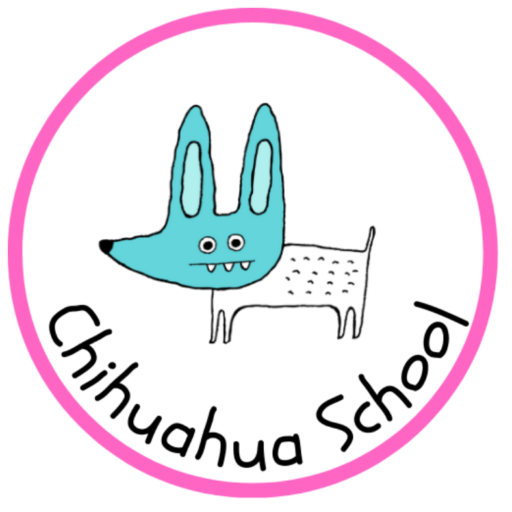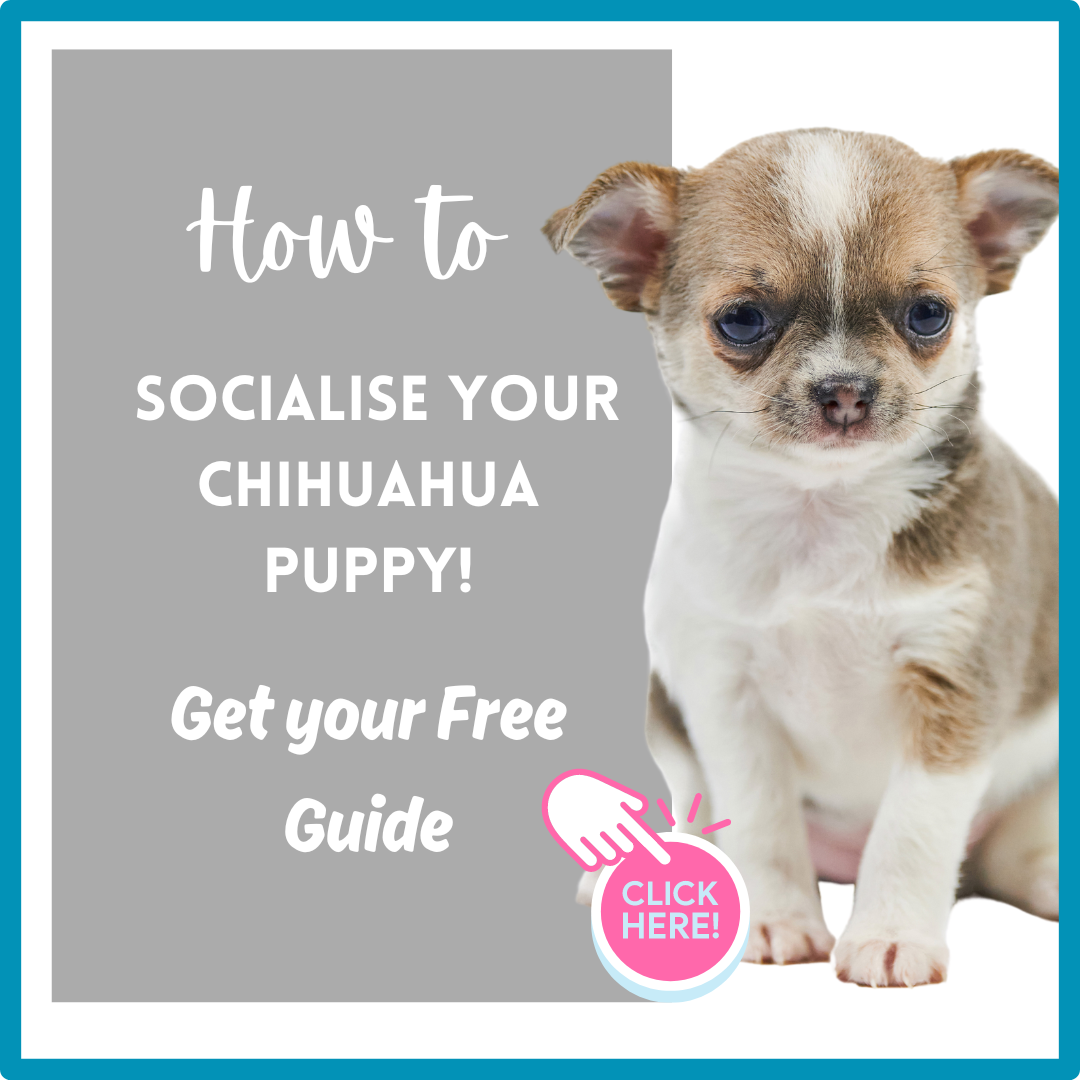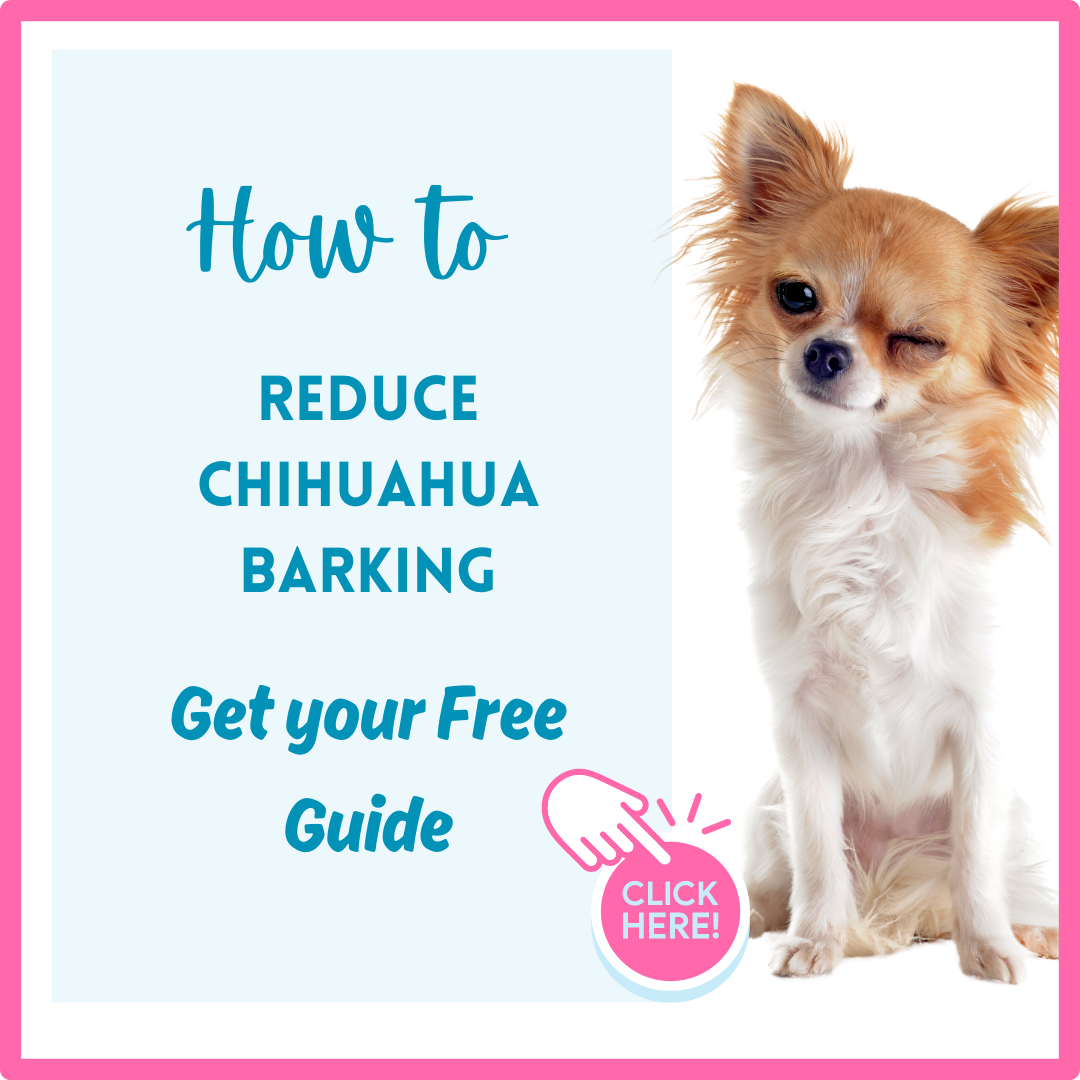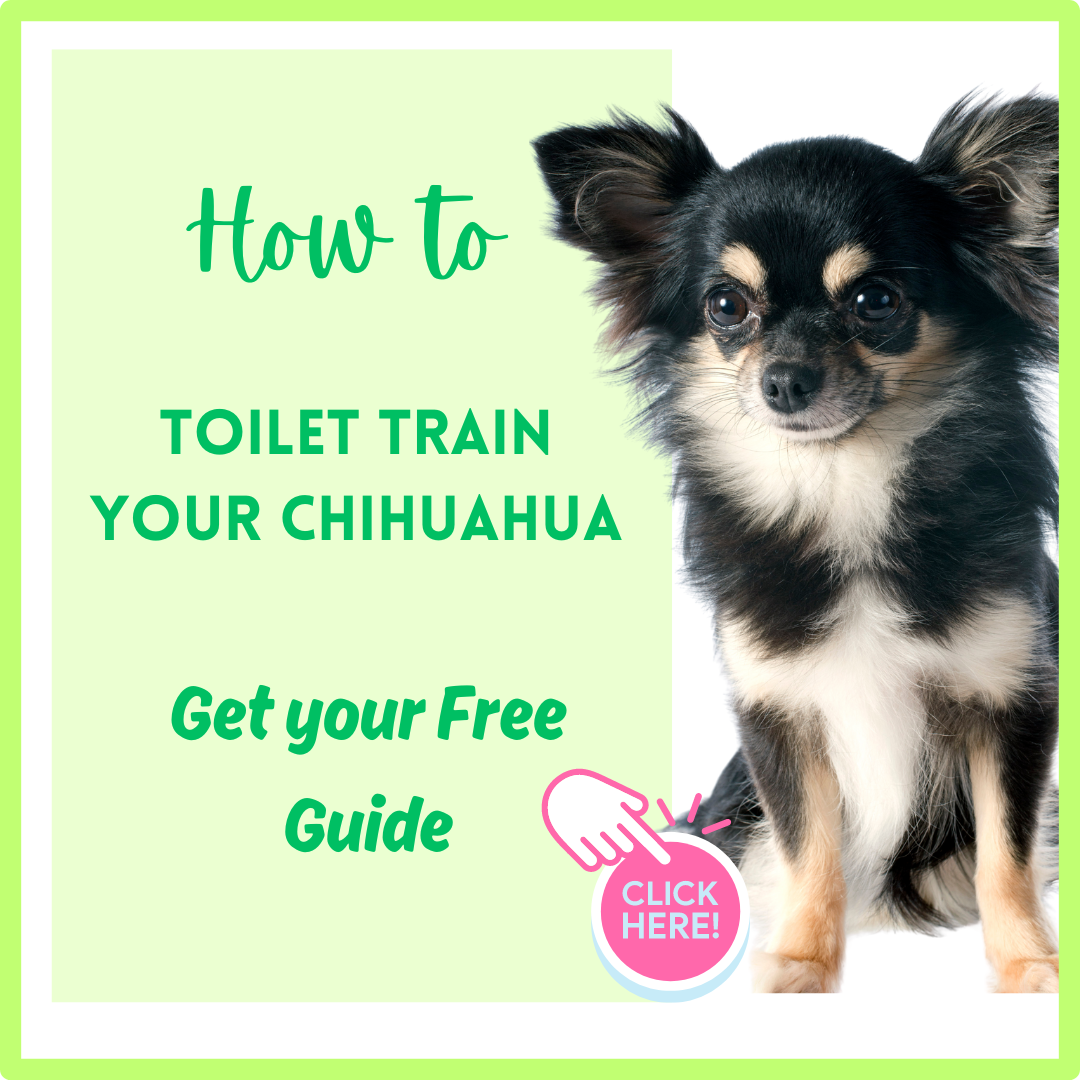- What is your chihuahua’s emotional bucket?
- Why is it important?
- What pays into it?
- Can we manipulate it?
What is your chihuahua’s emotional bucket?
Some of you may be familiar with the term ‘emotional bucket’ and how it fills and empties over time, affecting our well-being and behaviour.
The concept is used in schools often when you work with children. But very few people have considered applying the same idea to their dog. But believe it or not, your chihuahua has one too. Simply put, your dog’s bucket fills with events and overflows, creating overspill behaviours. Welcome to your chihuahua’s emotional bucket!
Emotions will drain over time; some dogs can do this quickly, but chihuahuas are not so chilled. Typically, they have a tiny bucket with a small hole and are not prone to forgive and forget!
How does your chihuahua’s emotional bucket fill up?
A dog with an overflowing emotional bucket will likely be charging around everywhere, constantly barking at every sound or movement. This type of behaviour is very typical of chihuahuas, and as they get more stressed, the behaviour can escalate into nipping, biting, and marking in the house. Their bucket can fill up in a day or a nanosecond if an exciting event happens.
Multi-dog household?
Have you got more than one dog? Then, each dog will have a bucket, and you also get a household bucket. For instance, each dog feels differently about the doorbell, but the act of one charging around when they hear it will fill the household bucket instantly and each dog individually.
Why does it matter?
How full and how quickly your chihuahua’s emotional bucket empties will affect not only their behaviour but also their longer-term health. A dog that spends most of its time in fight or flight mode is healing less, as the parasympathetic nervous system that deals with healing will shut down.
The state of your dog’s emotional bucket is affected by its size and how quickly emotions can drain.
The average chihuahua has a tiny bucket with a small hole. Leading to constant high arousal and stress-related behaviours mentioned above.
What pays into it?
It’s interesting to start looking at the day’s events from your chihuahua’s point of view, and once you do, it’s easier to see what sort of things pay into the bucket and how this will impact behaviour. Interestingly, good excitement from play or a long walk will have the same effect as a visit from the window cleaner. Once the bucket is full, it overflows, resulting in a chihuahua that reacts.
Your chihuahua’s emotional bucket may look like this.
Let’s look at how a trip to the vet may affect your chihuahua’s bucket. They may not feel well, and pain or discomfort are huge contributors to the bucket.
Some dogs may worry about putting on the harness and leaving the front door, especially if daily walks create stress.
Then you have the car journey. Some dogs find the car worrying. Next, they’re in the waiting room with strangers and other animals.
The vet then touches him and snaps; it’s just too much for the dog, and he growls or bites. It’s not always about the moment the incident happened, but all the smaller events that filled their bucket before they even arrived.
You may see from the diagram that I have added training methods. If you are using an air horn, water sprays, or e-collars, this will certainly be paying into your chihuahua’s bucket.
Can we manipulate your chihuahua’s emotional bucket?
Once you understand the concept around the emotional bucket, you can start to see how to manipulate it.
Think about what things send your dog into a tizzy, fill up their bucket and list all the things that cause crazy excitement for your chihuahua, both positive and negative. It could be things like.
- Visitors coming in the front door.
- The window cleaner
- The dog over the road barking
- Going for a walk
Once you have a list of the things that cause your chihuahua’s bucket to fill, you can pick those events apart and work on them individually.
So, for a chihuahua who finds being in the car stressful, you can put in a programme of training that builds confidence around the car. For things you can’t avoid, like the window cleaner, you can either take your dog out while it’s going on or try to distract them by giving them a long-lasting chew like a hoof or ostrich spaghetti.
What you wouldn’t want them to do is chase the window cleaner around the house, jumping at the windows, barking and snarling.
Calm
You’re aiming for a dog that spends most of their day in a calm state. Calm can be easier said than done with this excitable little dog. We want to create a calm chihuahua whose emotional bucket is more robust and has a larger hole so emotions drain our faster.
Read more on how to calm your chihuahua.
But your homework is to look at your chihuahua’s day and decide what pays into their bucket, sending them into a tizzy, and think about how you can manage the situation. To get you started, you can scatter feed, a handy technique. Read more about scatter feeding here.
Want calmer walks with your chihuahua?
Sign up for your free training direct to your inbox.

Discover more from Chihuahua School by Chihuahua Power
Subscribe to get the latest posts sent to your email.










Whoa this is so helpful. I never thought of it that way but yeah. I got a chihuahua terrier mix puppy and I noticed that he can get very suspicious of dogs he doesn’t know and gets scared easily. Most of the time he’s chilling when he’s at home and I got no problems taking him out for walks each day but yeah. That and people he doesn’t know coming into the door are the things that quickly fill up his bucket. Shelter claimed he would be fine with other dogs but I’m not so sure.
Great article,thank you for sharing,I’ve never looked at it like that before ,very helpful
Thank you, I am glad you found it useful. Regards
Louise